About the Coalition:
![]()

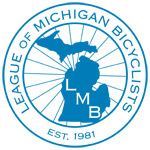
The Michigan Complete Streets Coalition began in 2009 as a way to connect grassroots Complete Streets movements across the state. Today, the Coalition represents over 100 organizations, businesses and individuals. It is led by the League of Michigan Bicyclists, the Michigan Environmental Council, and AARP Michigan. They work to promote statewide Complete Streets policy and support local communities’ initiatives.
About Complete Streets:
Complete Streets policies ensure that engineers and planners design roadways to accommodate all users, not just motorists. A complete street allows pedestrians, bicyclists, transit users and those with disabilities to easily and safely use roads in their communities.
So what does a “complete street” look like? Well, that depends. A complete street looks different in different communities, based on their individual residents. In many cases, this means curb ramps, audible or tactile signals for blind pedestrians, longer crossing times, smooth sidewalks and bike lanes that are free of obstacles, and transit stops that can be easily boarded.
Here are a few examples of Complete Streets:
|
This ADA-compliant transit stop includes a curb ramp, benches and an overhang to protect from rain and snow. |
This two-lane road includes a 3-foot wide bike lane, that is clearly marked by signs on nearby posts and on the path itself. |
| This pedestrian crosswalk has a safety median, to allow pedestrians to safely stop in the middle of the street. Such medians also help reduce the speed of passing traffic. | Complete Streets are not limited to urban areas. This country road provides a shoulder wide enough for pedestrians and bicyclists to use safely. |
And some examples of Incomplete Streets:
Have some examples of incomplete streets in your community? Add it to our Flickr Group! Also check out the Alliance for Biking & Walking’s Complete Streets free photo library (for use by ABW members only).

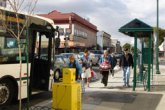
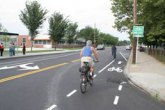
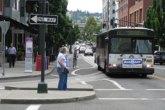
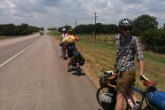
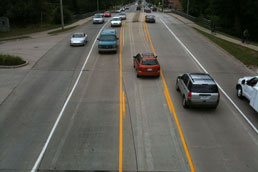
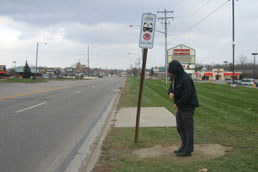
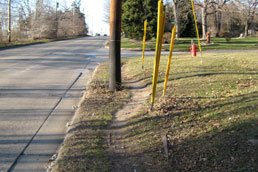
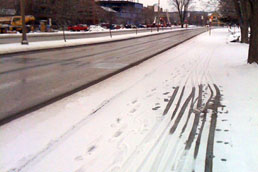


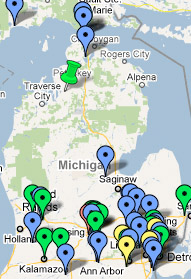
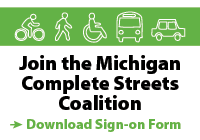











1 comment
January 4, 2011 at 2:18 pm
2010 blog in review « Michigan Complete Streets Coalition
[…] About […]